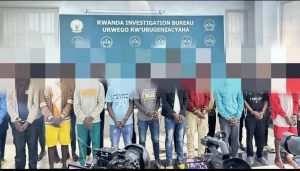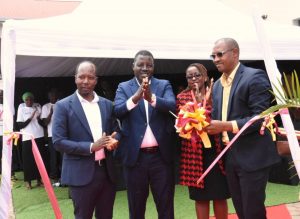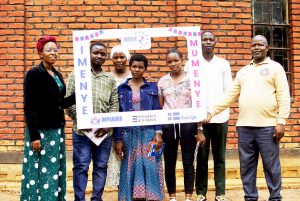Rwanda cuts poverty by over 12% in seven years, new national survey reveals
3 min read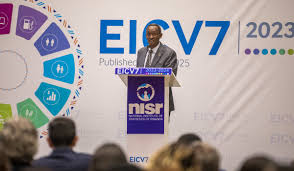
Rwanda has made notable strides in the fight against poverty, with new data revealing that more than 1.5 million people have lifted themselves out of poverty over the last seven years. The latest findings come from the Seventh Integrated Household Living Conditions Survey (EICV7), conducted by the National Institute of Statistics of Rwanda (NISR), which paints a nuanced picture of progress and persistent inequality across the country.
Conducted between October 2023 and October 2024, the EICV7 survey is one of Rwanda’s most critical national data exercises, providing detailed insight into the country’s living conditions, poverty dynamics, and socio-economic trends.

The results show that the national poverty rate declined from an estimated 39.8% in 2017 to 27.4% in 2024. Extreme poverty has also dropped to 5.4%.
This progress represents a major step forward in Rwanda’s pursuit of its Vision 2050 goals.
However, the numbers also tell a story of uneven development. While urban areas have seen dramatic improvements, rural communities continue to bear the heaviest burden of poverty. The national survey reveals that poverty is significantly lower in cities, at 16.7%, compared to 31.6% in the countryside.
Kigali City, the nation’s capital, recorded the lowest poverty rate in the country at just 6.4%, followed closely by Musanze District at 10.4%. On the other end of the spectrum, Nyaruguru District ranked as the poorest in the country, with a poverty rate of 60.6%, while Nyamagabe and Karongi also showed high poverty levels, each exceeding 50%.
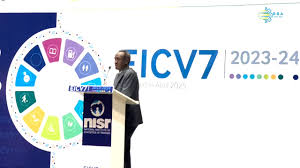
According to NISR, the survey was designed to offer not only poverty figures but also a deeper understanding of the quality of life in Rwandan households.
The report highlights improvements in access to education, healthcare, infrastructure, and technology, especially in urban areas. Health insurance coverage reached a national average of 85.3%, and electricity access soared to 72% of households, up from just 27% in 2016/17. Education indicators also showed an upward trend, with school attendance and literacy rates improving across the board.
Despite these gains, the report underscores widening disparities between districts, with rural households still facing barriers to basic services.
In Southern Province, for example, access to improved roofing, clean water, and internet remains far below national averages.
The gap in internet access between rural and urban areas is especially stark just 19% of rural households reported having internet at home, compared to 57% in urban centers.
Another critical area of concern raised by the report is the persistent vulnerability of certain population groups.
The survey found that female-headed households, people living with disabilities, and orphaned children continue to face higher levels of deprivation.
Notably, among beneficiaries of the Vision 2020 Umurenge Program (VUP) the government’s flagship social protection scheme 40.5% are still classified as poor. This indicates that while the program is reaching the intended groups, many still face deep and structural barriers to escaping poverty.
Yusuf Murangwa, Rwanda’s Minister of Finance and Economic Planning, hailed the EICV7 results as proof that strategic investments and policy reforms are having a tangible impact on people’s lives.
In the foreword to the report, he urged all development actors from government bodies to civil society and international partners to use the findings to inform programs that are inclusive and transformative.
“As we celebrate progress, we must also confront the disparities that persist,” Murangwa stated. “This report is not just a record of numbers; it’s a guide to action.”
The EICV7, which replaces outdated data from before the COVID-19 pandemic, marks a new chapter in Rwanda’s statistical system. With a revised methodology aligned to international best practices, this latest survey offers more reliable, timely, and accurate insights to shape the country’s next steps toward equitable and sustainable development.
The full report is now available to the public through the NISR website at www.statistics.gov.rw.
Peace Hillary
